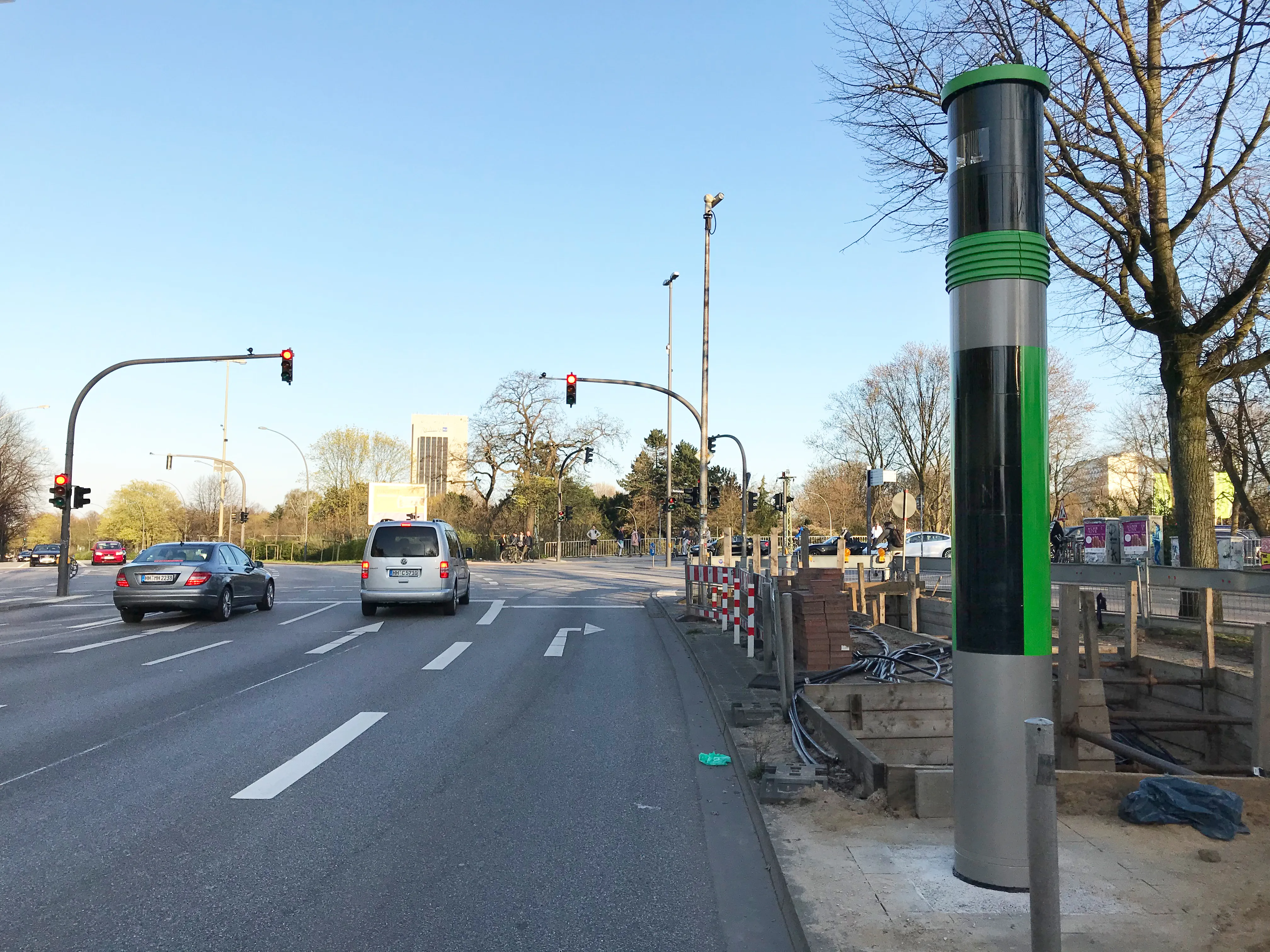
The manufacturer’s ITS OB-4 OBU and ITS RS-4 RSU have acquired the certificate of the European Radio Emissions Directive – and this allows them to be marketed in the European Union.
The ITS-RS4 acts as a local hub for sensor data exchange as well as an application which can improve safety for road users and optimise traffic.
It gathers information from traffic cameras, traffic light controllers, sensors, V2X-connected vehicles and bikes.
A deep neural network/graphics processing unit accelerated artificial intelligence processor creates a real-time representation of the information to create a dynamic model of the environment, the company adds.
According to Commsignia, the ITS-OB4 offers improved performance coupled with the V2X software stack. It offers built-in tamper-proof hardware security module and a high range V2X radio.










